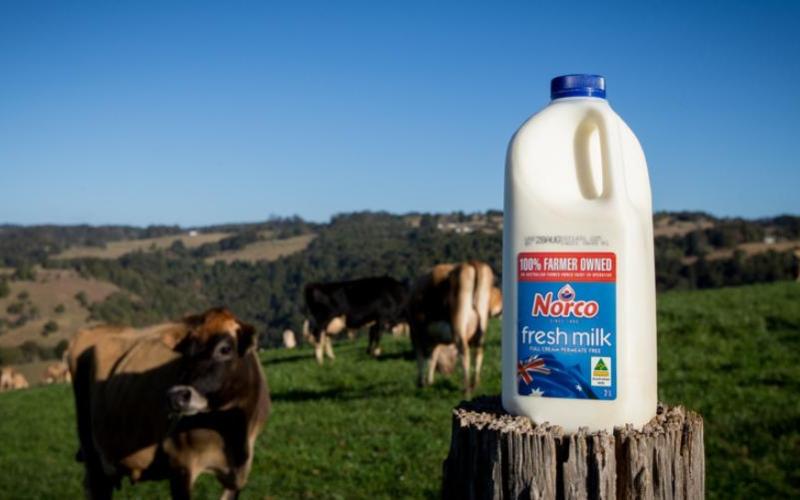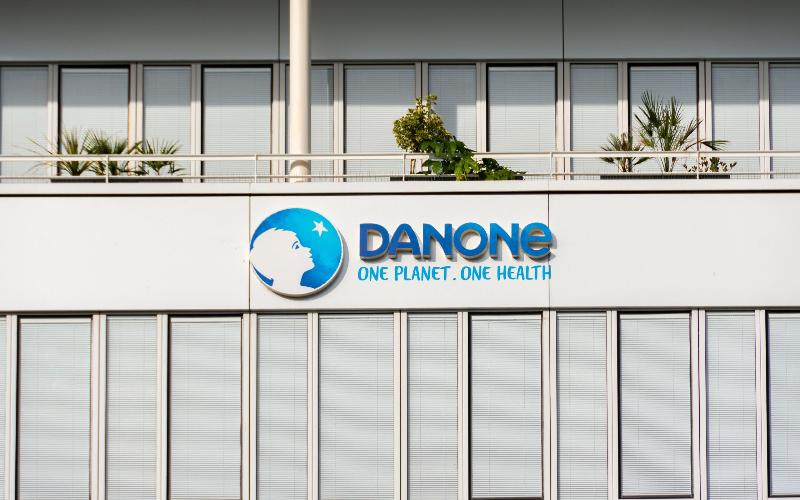EU milk production expected to decline in 2024
Source: The DairyNews
A recent USDA World Markets and Trade report reveals a marginal dip of 200,000 tons in European Union milk production for 2024, totaling 144.6 million tons.

Productivity Factors: Despite a modest improvement in cow productivity, it falls short in offsetting additional reductions in the dairy herd. Persistent challenges like declining farmgate milk prices and high production costs exert continued pressure on dairy farmers, especially in key producing member states such as Germany, France, Spain, and Poland.
Small Farms Struggle: Smaller farms face a more significant impact, lacking the capacity to capitalize on economies of scale or negotiate effectively with processors. This exacerbates competition for portions of the milk pool.
Environmental Pressures: Producers grapple not only with economic challenges but also with environmental regulations. Initiatives like the Dutch government's nitrogen emissions cap and the Irish government's proposed voluntary payment scheme to encourage dairy cow slaughter add layers of complexity.
Market Dynamics: The cumulative effect of these factors is expected to drive further market consolidation and closures among smaller producers. However, larger operators are poised to maintain herd numbers, potentially slowing the overall pace of herd reduction in 2024.
Small Farms Struggle: Smaller farms face a more significant impact, lacking the capacity to capitalize on economies of scale or negotiate effectively with processors. This exacerbates competition for portions of the milk pool.
Environmental Pressures: Producers grapple not only with economic challenges but also with environmental regulations. Initiatives like the Dutch government's nitrogen emissions cap and the Irish government's proposed voluntary payment scheme to encourage dairy cow slaughter add layers of complexity.
Market Dynamics: The cumulative effect of these factors is expected to drive further market consolidation and closures among smaller producers. However, larger operators are poised to maintain herd numbers, potentially slowing the overall pace of herd reduction in 2024.














